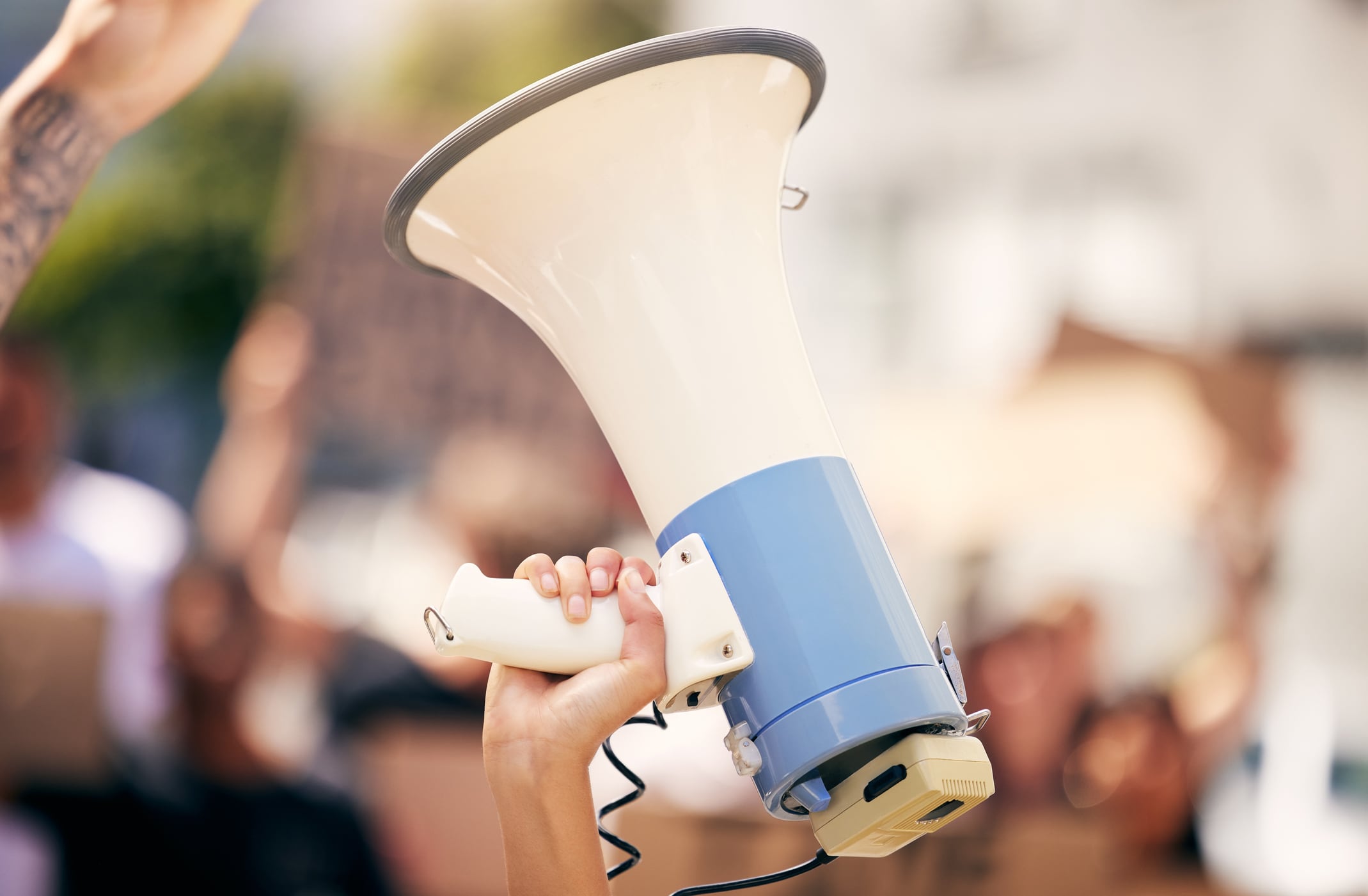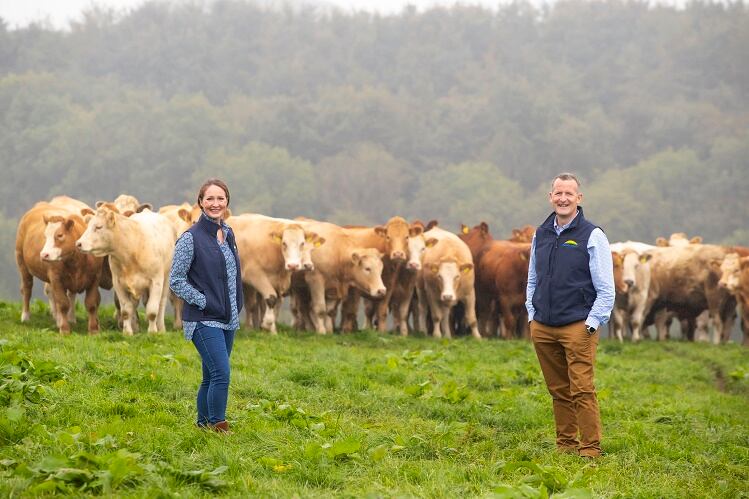Meat Promotion Wales’s (Hybu Cig Cymru, HCC’s) latest Market Bulletin Report found that fresh and frozen sheep meat exported during August totalled 6,400 tonnes – an 8% increase on the year. Volumes of sheep meat exported overall during the eight-month period are up 10% on the year, with 94% of the total volume destined for the EU.
“Some EU countries are indicating declines in their domestic production, which could well benefit UK exports, along with much of New Zealand’s exported product continuing to be sent to China,” said Glesni Phillips, HCC’s intelligence, analysis and business insight executive.
Back in the UK, lamb producer prices had begun to stabilise after a year of volatility and are now recording higher than both year-earlier and five-year averages. Lamb liveweight prices in Wales reached a new high of 356.8p/kg for new season lambs during the end of May, but this has since levelled out.
Grocery inflation
Grocery price inflation continued to be a major challenge for producers of lamb, with the average prices for lamb in British retail record notable increases for the last 18-months or so. As Phillips pointed out, during the four weeks ending 1st October 2023, the average price of lamb at retail was £12.24/kg – a 21% increase on the corresponding period in 2020 where the average stood at £10.10/kg.
These increases in price have a significant sway over consumer purchasing decisions which could result in a drop in lamb sales. However, data from consumer specialists Kantar for the latest 12-week period to 1st October revealed that the volume of lamb sold was 2% higher on the year, driven by a 5% increase in the number of buyers.
“It would seem shoppers are returning to lamb despite the higher prices, and perhaps they are now eating lamb as an occasional treat,” Philips added.
Imports down
Imports of fresh and frozen sheep meat was down 24% year-on-year to 33,000 tonnes, but it was noted that in Agust alone there was a 30% increase compared to the last year. Philips said this was due to higher volumes of Australian lamb being produced and exported following pressures on their farmgate prices.
Despite overall higher numbers being processed at UK abattoirs, the volume of sheep meat produced on the domestic market for the year to date currently stands 1% below year-earlier levels at 210,000 tonnes. The Market Bulletin attributed this to lighter carcases being presented at UK abattoirs – for both lambs and adult sheep.
Meanwhile, UK shoppers’ appetite for frozen food continues to remain strong, as the British Frozen Food Federation (BFFF) reported increased growth for the sector in the second quarter of 2023.





